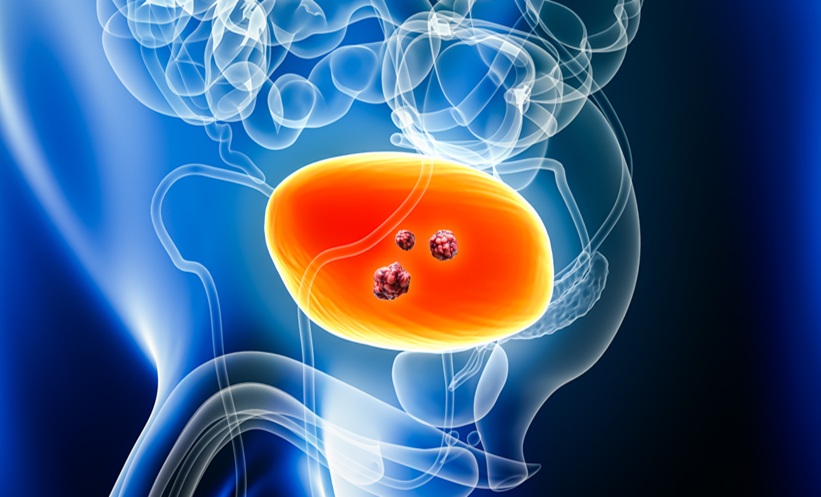ANTEGRADE approaches (open surgery, percutaneous nephrolithotomy [PCNL], and antegrade ureteroscopy) for the treatment of de novo nephrolithiasis should be considered in patients with a renal transplant, as new systematic review evidence suggests this approach yields a higher 3-month stone-free rate (SFR), in contrast with management for nephrolithiasis in native kidneys. Whilst de novo nephrolithiasis in transplanted kidneys is uncommon, the consequences can be severe, including functional impairment. Therefore, understanding how to optimise treatment in this patient cohort is important.
The study authors reviewed 37 retrospective studies on the management of de novo nephrolithiasis in transplanted kidneys and complied a meta-analysis of the different treatment methods. The 37 studies reviewed, comprised a total of 553 patients with a renal transplant and who had a diagnosis of de novo nephrolithiasis. Of these patients, 6% had a previous history of nephrolithiasis prior to receiving their renal transplant. The most common stone compositions identified in the cohort were oxalate monohydrate (44%), calcium-phosphate (19%), uric acid (17%), and struvite (11%), with a mean renal calculus size 11 mm.
The 553 patients included in the 37 studies underwent a total of 612 procedures: including extracorporeal shock wave lithotripsy (n=155), retrograde ureteroscopy (n=154), surveillance/medical management (n=140), PCNL (n=118), open surgery (n=25), and antegrade ureteroscopy (n=20). The primary outcome of the study was 3-month SFR. The authors found that the highest 3-month SFRs were achieved with antegrade approaches; at 96% for open surgery, closely followed by antegrade ureteroscopy at 95%, and PCNL at 86%. The SFRs for retrograde ureteroscopy and extracorporeal shock wave lithotripsy were 81% and 75%, respectively.
The investigators, from the University Autonoma of Barcelona, Spain, highlighted that the findings show that, “as opposed to the management of nephrolithiasis in native kidney, an antegrade approach should be considered more in renal transplant patients.” The authors also suggested that from their findings, whilst de novo nephrolithiasis in renal transplant is rare, with a prevalence of 1% in their review, a minimum of annual graft imaging should be performed in this patient cohort.








